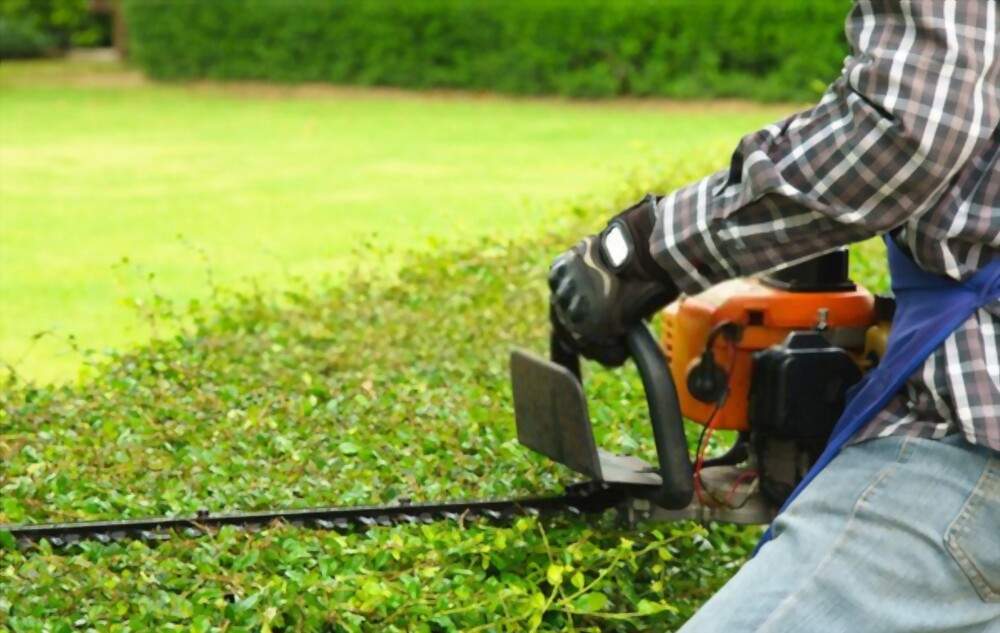The title of the blog is the question that many landscaping professionals receive from you all multiple times. Answering the query will help you understand your goals and provide an overall concept for your home landscaping plans. You can choose to hire a team for professional landscaping. So, that you don’t have to get into the action by yourself, and still your landscaping ideas will come to life.
Flowers, shrubs, and plants excel in weather that is neither too cold nor too humid. It is critical to understand the most reliable and best landscaping tips to ensure that you enjoy the benefits of your labor and do not result in stagnant and brown vegetation. Choosing the right plants and the correct time to plant them can be challenging for most beginner gardeners. Your aim is to improve the visual appeal of your house. To achieve this goal, you must first determine the type of flower, shrub, or plant to be planted, as well as the ground condition and temperature in your field.

Aspects to consider, include the amount of sunlight or shadow the plants will receive in your landscaping areas, as well as whether the sunshine will be projected in the morning or afternoon. Or do your landscaping areas get any sunlight? What kind of soil conditions do you have in your garden? And how well do your landscaping areas drain during rainstorms? A failed garden can be caused by too much sunlight, not enough sunlight, too much water, not enough water, and bad soil conditions. Knowing every component of growing conditions will assist you in choosing plants that will flourish with very little attention.
The Following are some of the tips you need to remember while landscaping your land.
1. While many of us get the planting bug during the first week of spring, this is not always the best time to start your landscaping project. A sudden snowfall, heavy flooding, or a heatwave really will stress out your freshly planted flowers, shrubs, and trees.
2. It’s better to grow in the late summer or early spring because you’ll need to keep an eye on your yard. Summer’s humid and hot days will bring an additional strain on your flowers, shrubs, and trees, necessitating more frequent watering and TLC.
3. Since early fall brings cooler temperatures and lower humidity, it is the easiest and most relaxing time of year to start your landscaping plan. Planting trees, flower beds, and shrubs in the fall help them to develop a deep root structure before the next season. A well-developed root system will assist the plants to grow better during spring and summer.
4. Timing isn’t the only thing that can affect the progress of your landscape installation. Knowing when to plant and how to plant will make a huge difference between a bed of dead plants and a lovely landscape.
5. A majority of plants die within a few months of being planted if they were not planted properly or were not watered properly. Meanwhile, a shrub or tree is unlikely to succumb to disease or pest attack in its first year of life. Planting in the fall will further increase your odds of success.
6. If you insist on planting in the spring, you must do so first thing in the morning when the temperature is at least 50 degrees. If you are unsure when it is safe to plant, look for a professional landscape in Jeffersonville.
7. The most critical thing to remember when planting in the spring is that the ground conditions are favorable. The field should not be too damp or frozen. Many plants die when planted in the early spring days. Trees, shrubs, and other varieties of plants fall in this category.
You may plant or transplant any form of annual, seasonal, vegetable, shrub, or tree after the threat of frost passes. Only remember that an early summer heatwave will necessitate more attention and caring for your plants in order for them to thrive. Plants or flowers that aren’t heat resistant can fail if cultivated in the late spring or summer. Once the fall has passed, you can implement any type of landscaping in your garden area. Shrubs and trees planted in the fall would have formed good root systems by the time spring comes. Perennials will be in full bloom and ready to bud. Fall is also the perfect time of year to split and replant perennials, but this is not recommended for any perennials that are in mid-bloom.
The following three steps are very important when you are trying a fall landscape project.
1. Mulching: Insulating the roots with a few inches of mulch can help the plant roots withstand the fluctuating climatic conditions.
2. Watering: In the fall, water your plants regularly. Hydrating the plants will help them withstand the winter’s harsh and dry winds.
3. Pruning: By removing broken, dead, and weak parts, the plant would be less vulnerable to the extreme winter weather.
This brings us to our final tip: Mind to prevent the landscaping process during the winter months due to the risk of ground freezing.
Trying the whole planting process on your own won’t be good for your landscape project. Getting help from a team of professional landscape in Jeffersonville will boost the growth of your plants and eventually produce a beautiful garden. At Walnut Ridge Landscape & Design, you will find the best team of professional landscapers always ready to help you.